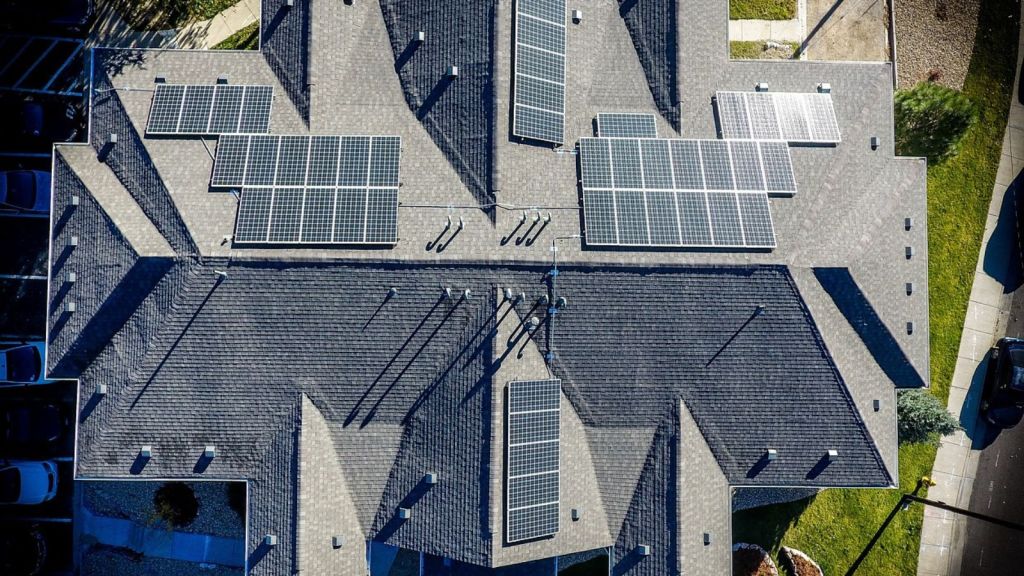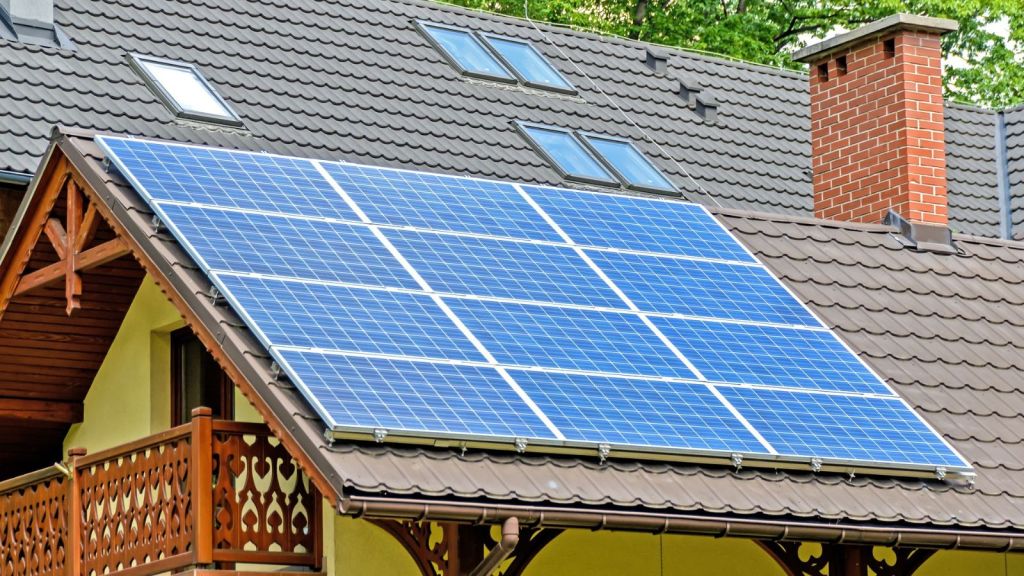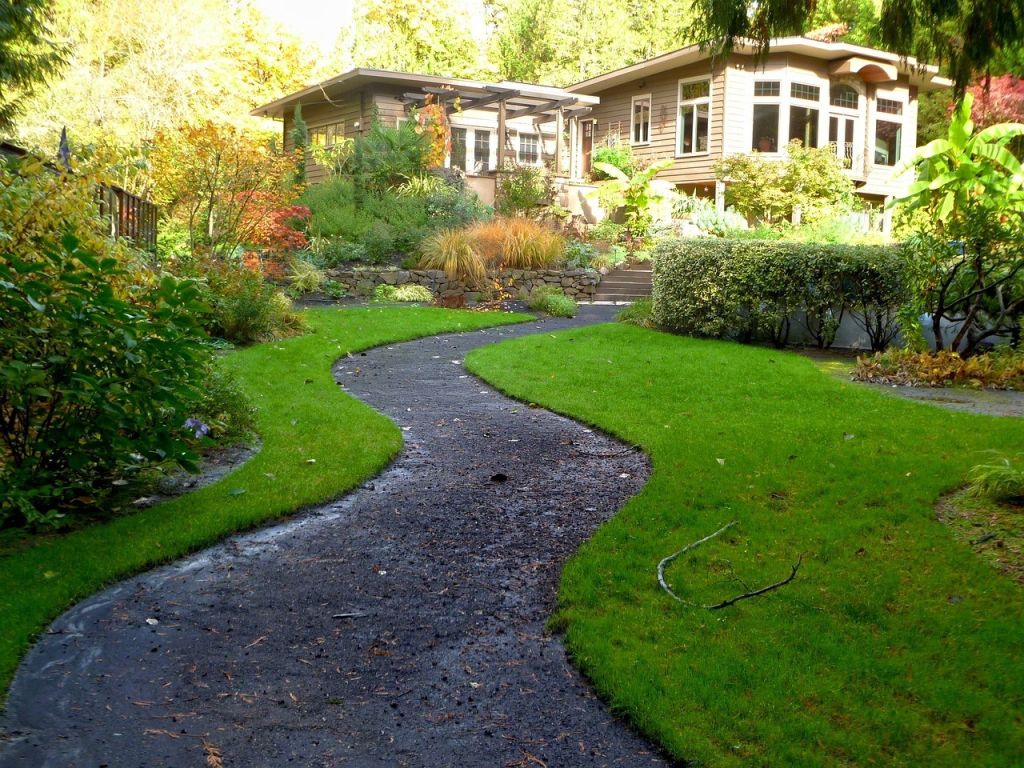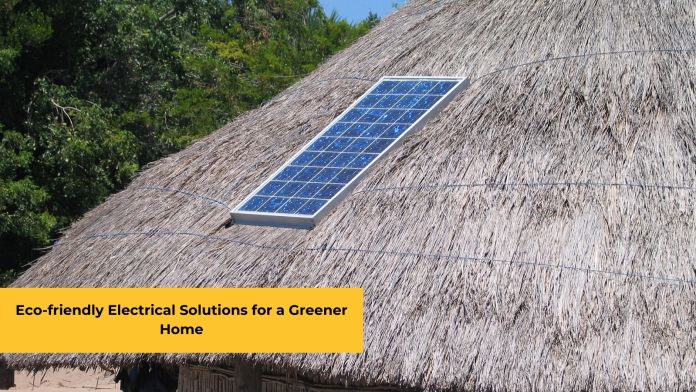Have you noticed ‘greener homes’ pop up in conversations everywhere? Let’s demystify it. Greener homes encapsulate the spirit of resource efficiency and environmental stewardship compared to older dwelling models. They adopt practices that cherish Mother Nature and cast a lighter shadow on human health. Now, buckle up because we’re diving into the heart of our discussion today – sustainable electrical solutions radiating brilliance in crafting a greener home.
Why Should We Go For Eco-Friendly Electrical Solutions?
We’re currently facing a pressing situation with climate change looming large and our natural resources depleting at an alarming rate. As homeowners, we often question the significance of our individual choices, especially regarding household electricity consumption. However, it’s essential to remember that every small step can indeed make a substantial difference.
While switching off the lights when not in use is crucial, our responsibility towards the environment extends beyond that. Opting for eco-friendly appliances and mindful consumption can significantly reduce environmental damage. Remember, no matter how small, every effort counts in the collective mission to protect our planet.
My Suggestions For Eco-friendly Electrical Solutions
Today’s world is brimming with various electrical options that pledge allegiance to green practices without trading off your domestic energy demands. Global companies are sprouting creative answers specifically crafted for home usage, including solar panels, power-saving gadgets, LED illuminations, eco-friendly HVAC systems, and the list continues.
If your curiosity sparks a desire to delve deeper into these offerings or you may foresee an imminent acquisition, ensure that you go to their website. Here’s where a wealth of insights about these earth-friendly electrical saviors generously unfold!
#1. Solar Panels
First, talk about solar panels, which have been a hit among homeowners. These devices capture the sun’s energy and turn it into electricity to power your home. Installation might seem like a considerable upfront expense, but it’s an investment that will pay off over time.


The cost of these systems can vary, depending on the size of your home and your energy needs, but once they’re up and running, they begin to pay for themselves. As you generate your power from the sun, you’ll rely less on the grid, reflecting a decrease in your monthly electricity bills. Sometimes, you can generate excess energy to sell back to the grid, a small income source right there!
So while the initial investment can be significant, the long-term financial benefits are worth considering. The substantial savings you’ll enjoy on your electricity bills over time, combined with the potential income from excess power generated, makes solar panels a worthy investment for the eco-conscious homeowner.
#2. Energy-Efficient Lighting and Appliances
Alongside solar panels, another big step towards a greener home includes energy-efficient lighting and appliances. These eco-friendly alternatives consume less power but don’t compromise on performance, which is a win-win for you and the environment. Some known examples are LED lights that save up to 75% more energy than incandescent bulbs or Energy Star-rated washing machines, which are engineered to be significantly more efficient than conventional washing machines.
Then there’s the collection of Energy Star-rated appliances, like washing machines. These appliances are designed to be significantly more efficient than their conventional counterparts. They use less electricity and often incorporate intelligent features that enhance efficiency.
So, with energy-efficient lighting and appliances, you can build upon the foundation of your solar panels to create a thoroughly eco-friendly home that saves you money. It’s a brilliant way to protect your pocket and the planet simultaneously.
#3. Effective HVAC Systems
An effective HVAC system is a vital component of a greener home. Given that heating, ventilation, and air conditioning systems often consume a significant portion of home energy, boosting their efficiency can significantly reduce your energy usage and carbon footprint.
Newer, energy-efficient HVAC systems are designed to provide the same comfort but use less energy. For instance, systems with a high Seasonal Energy Efficiency Ratio (SEER) rating consume less energy, translating to lower energy bills.
In addition, choosing HVAC systems that use eco-friendly refrigerants can also help protect the environment. Pairing these systems with intelligent thermostats, which allow you to control better and schedule your home’s temperature, can further boost efficiency and reduce energy wastage.
Lastly, regular maintenance helps ensure your HVAC system operates optimally, preventing unnecessary energy loss due to clogs or malfunctions. So, a well-maintained, efficient HVAC system is critical to creating a greener home while also saving you money on energy bills.
#4. Smart Home Technology Adoption
Home automation, often called “smart home” tech, is like giving your home a brain. Imagine telling your lights to turn off or set the temperature without moving a finger. It’s all about making daily tasks easier through technology.
One of the biggest perks is saving energy. Bright lights and thermostats are clever enough to turn off or adjust when they aren’t needed. This conserves energy and means fewer bucks on your utility bill. Plus, being energy-smart is a win for the planet too!

Safety is another bonus. With gadgets like camera doorbells, you can check out who’s knocking without even being home. Add smart locks, and you’ve got a home that’s not just smart but secure. Customization is the cherry on top. Whether you want mood lighting for movie nights or blinds that close as the sun sets, smart home tech can make it happen.
Practical Steps For Making the Switch Gradually
Begin with auditing your current energy usage patterns to understand where you’d benefit most from changes. Gradually make modifications by swapping out high energy-consuming devices and moving onto other areas like heating, cooling systems, and even whole-house solar panel installations if feasible!
Step 1: Prepare For Financial and Psychological Aspects
Transitioning to an eco-friendly home can come with its challenges. One of the primary concerns is the initial cost. Sustainable solutions, like solar panels, energy-efficient appliances, and HVAC systems, tend to be pricier than their less green counterparts.
However, it’s crucial to see these expenses as a long-term investment. In the long run, you’ll notice reduced utility bills and might benefit from tax breaks or incentives from local governments promoting green initiatives. These will help offset the initial costs, leading to eventual savings. On a personal level, adapting to change can be daunting. It might feel like a sacrifice of comfort or convenience. But remember, every change starts with a decision, so don’t let fear deter you.
Step 2: Selecting Reliable Service Providers
Selecting the right vendor is paramount, especially when purchasing equipment or implementing solutions like solar panels. Trustworthy suppliers ensure quality and longevity, making your investment worthwhile.
To make an informed decision, it’s essential to conduct thorough research. Checking online reviews provides insight into others’ experiences, while recommendations from friends can offer firsthand accounts of their encounters with specific installations and vendors. Making the extra effort in the beginning can save you both time and potential headaches in the future.
Step 3: Run The Test
Starting on an eco-friendly path for your home doesn’t need to be an immediate, sweeping change. Consider it more like a journey where you can take one step at a time. By opting for a ‘test-drive’ approach, you can choose a single green solution to integrate, allowing you to manage costs, feel the benefits, and learn from the experience without being overwhelmed.
Each small change offers a chance to familiarize yourself with sustainable living, making subsequent steps less daunting. This phased approach also provides the flexibility to tailor solutions that fit your unique lifestyle and home, ensuring that as you progress, you’re building an environment that’s both sustainable and personally comfortable.
Step 4: Turn Into The Full Switch Mode
Starting an eco-friendly home can begin with just a couple of simple changes. For example, when you install solar panels and see your electricity bill go down, you might feel good and want to do more. Seeing the real benefits of a tiny change can excite you to try out other green ideas, like when a snowball gets more extensive as it rolls down a hill.


It’s not just about saving money, either. Knowing you’re doing something good for the environment can make you feel proud and happy. And once you see and feel the good things that come from a couple of minor changes, you might be eager to make even more parts of your home green and eco-friendly. It’s all about taking one step at a time and enjoying the journey.
In Conclusion
Adopting a more eco-friendly stance on home electricity is more than just a trend; it’s a glimpse into how we’ll live in the future. Now is an excellent opportunity to think about how you can play a part in creating greener, healthier homes for upcoming generations. Your choices today can be crucial in caring for our beautiful Earth.



















